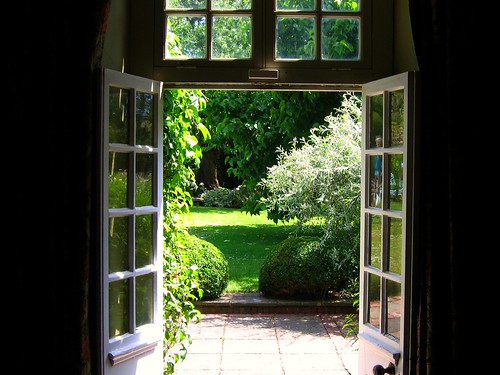
The Master, by Colm Tóibín
I was only a page or so into Colm Tóibín’s novel, when it became clear that its subject, Henry James, was being portrayed not only through historical material of his life, but in a prose style suggestive of the subject himself. The Master, published in 2004, doesn’t quite contain the ornate sentences for which James is known, but in the way James’ sentences mine the consciousness of Isabel Archer, Tóibín’s mine the consciousness of Henry James. As Laura Miller described in her Salon review, “The Master makes you feel, as you are reading it, the way James’ fiction makes you feel only when you are thinking about it after reading it.” That is to say, in his portrayal James, Tóibín achieves a Jamesian effect—in character, language and nuanced emotion—and does so while employing the clarity and heart of his own style.
The Master, which was shortlisted for the 2004 Booker Prize, and won the LA Times Novel of the Year, among other awards, follows one period of James’ life, from January 1895 to the first days of the twentieth century. As the novel opens, James, well-established in his work and celebrated in both Europe and the U.S., is in London and facing the critical failure of his play, Guy Domville. The humiliation is compounded by the success of Oscar Wilde’s An Ideal Husband, and James envies Wilde’s success, even as the famously homosexual writer is on trial facing obscenity charges. The gossip and debates Henry has with colleagues surrounding the trial soon become fodder for his work, though never overtly, and this point proves to be key to understanding Henry James, in the influence of external events, and the detached way the longings and unfilled desires of his own life, including his sexuality, filter into his work.

View of the garden at Lamb House, Rye, East Sussex.
The tension between living life and making art runs throughout the book. We learn too of the essential need for distance James sought and cultivated in order to work. Tóibín shows us Henry’s family relationships, especially with his elder brother William and sister Alice, the family’s life of privilege in Cambridge, Massachusetts, and Henry’s time as law student during the American Civil War. Central to the story is Henry’s pursuit of a place apart in which he could work, and which he finds in Rye, East Sussex, England. It is there, in the eighteenth-century Lamb House that Henry finds an ideal of domestic and working life. Yet even in this retreat, the tension persists between the distance and intimacy in his closest relationships, especially in his longstanding one with Constance Fennimore Woolson.
A grandniece of the James Fennimore Cooper, Constance was, like Henry, an American expatriate novelist, and their relationship has been much speculated upon. Constance committed suicide in Venice in 1894 at the age of fifty-four, and for Tóibín, the event is a central one in James’ later years. Their relationship—the pull Constance exerted on Henry, their mutual affection and affinity, both her inaccessibility and his, and his regret over not being in Venice when she died—reveals their nuanced exchanges, but as importantly, show how events in his life formed the basis of James’ characters and stories.

In his review of The Master, Daniel Mendelson observed that in Henry James, Tóibín found an subject that aligned closely with a fundamental aspect of Tóibín’s own novels and stories: the effect of emotional detachment upon human interaction. Many of the novel’s most striking passages are those in which Tóibín applies his gift for trenchant observation to the subject of love, pain and memory. Here is James considering how to explain to a young artist, Hendrik Andersen, the realities of his attachment to Constance:
“Andersen was perhaps too young to know how memory and regret can mingle, how much sorrow can be held within, and how nothing seems to have any shape or meaning until it is well past and lost and, even then, how much, under the weight of pure determination, can be forgotten and left aside only to return in the night as piercing pain.”
One of the novel’s most telling scenes takes place after Constance’s death, when Henry, as her executor, must vacate her apartment in Venice. At a loss as to what to do with her clothes, he and the house butler, Tito, decide to bury in them in the open waters beyond the Grande Canal. The scene, in which the dresses, one by one, disappear into the water, and at times re-emerge on the surface, takes the novel into territory that seems almost magic-realist:
Before he reached for the first dress, Tito blessed himself and then he laid the garment flat on the water as though the water were a bed, as though the dress’s owner were preparing for an outing and would shortly come into the room. Both men watched as the color of the material darkened, and then the dress began to sink.
The passage stands out, not only for its strangeness alongside the social and domestic life that occupies so much of the novel, but for lovely unlikeliness as imagery for Tóibín himself.
Reading The Master, I marveled at the way factual material was employed, and the seamless way Tóibín clearly made leaps into the mind of his subject. It’s a fascinating glimpse of how art is made, and one writer’s mining of another’s work. The book mines too the effect of art on life, and the way in which for all writers, the act of writing merges and can sometimes overtake the act of living.
—Lauren Alwan
Read a 2012 interview with Colm Tóibín, here.
